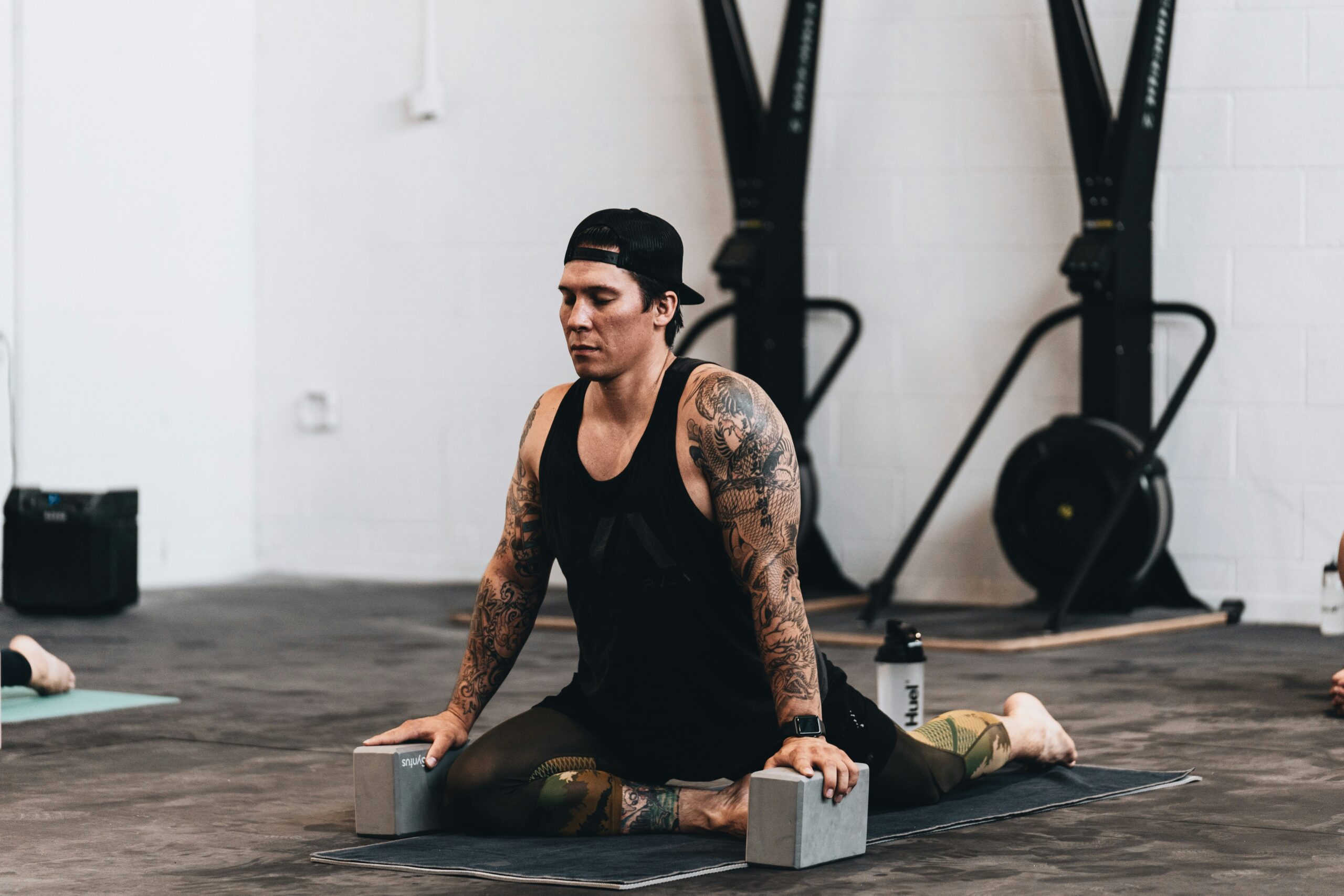Delayed Onset Muscle Soreness (DOMS) is a common phenomenon experienced by individuals who engage in strength training. Whether you’re a seasoned athlete or a beginner, the discomfort of DOMS can be an expected, albeit unwelcome, part of your fitness journey. In this guide, we’ll delve into what DOMS is, why it occurs, how to manage it, prevention strategies, and optimal recovery techniques.

Understanding DOMS
DOMS refers to the muscle pain and stiffness that typically develop several hours after strenuous or unfamiliar physical activity. It’s most prevalent in activities that involve eccentric muscle contractions, where the muscle lengthens as it contracts, such as lowering a weight during a bicep curl or descending stairs.
The exact cause of DOMS is still not fully understood, but it’s believed to involve microtrauma to muscle fibers, inflammation, and the buildup of metabolic waste products like lactate. Additionally, the mechanical stress placed on the muscles during exercise can lead to temporary disruptions in calcium homeostasis and alterations in muscle cell membranes, contributing to the sensation of soreness.
Symptoms of DOMS
DOMS typically manifests as muscle soreness, stiffness, and tenderness. The discomfort is often most intense within the first 24 to 72 hours following exercise and gradually subsides as the muscles recover. Other symptoms may include reduced range of motion, swelling, and temporary loss of strength.
Management and Treatment
While DOMS cannot always be entirely prevented, several strategies can help manage its symptoms and promote recovery:
1. Gradual Progression: Gradually increasing the intensity and volume of your workouts allows your muscles to adapt more effectively, reducing the likelihood and severity of DOMS.
2. Proper Warm-Up and Cool Down: A thorough warm-up before exercise and a proper cool down afterward can help prepare your muscles for activity and facilitate the removal of metabolic byproducts.
3. Hydration and Nutrition: Adequate hydration and proper nutrition are essential for muscle recovery. Consuming a balanced diet rich in protein, carbohydrates, and micronutrients supports muscle repair and replenishes glycogen stores.
4. Active Recovery: Engaging in light, low-impact activities such as walking, cycling, or swimming can help increase blood flow to the muscles, reducing soreness and promoting recovery.
5. Foam Rolling and Stretching: Foam rolling and gentle stretching exercises can help alleviate muscle tightness and improve flexibility, reducing discomfort associated with DOMS.
6. Cold Therapy: Applying ice packs or taking a cold bath can help reduce inflammation and numb the sensation of pain, providing temporary relief from sore muscles.
7. Over-the-counter Pain Relief: Nonsteroidal anti-inflammatory drugs (NSAIDs) such as ibuprofen or aspirin may help alleviate pain and reduce inflammation associated with DOMS. However, prolonged or excessive use of these medications should be avoided due to potential side effects.
Recovery and Adaptation
While DOMS can be uncomfortable, it’s important to recognize that it’s a natural part of the muscle repair and adaptation process. As your muscles recover from exercise-induced damage, they become stronger and more resilient to future bouts of activity. This phenomenon, known as the repeated bout effect, explains why individuals often experience less severe DOMS after performing the same exercise repeatedly.
Prevention Strategies
Although DOMS cannot always be entirely prevented, there are steps you can take to minimize its occurrence:
1. Progressive Overload: Gradually increasing the intensity, duration, or frequency of your workouts allows your muscles to adapt gradually, reducing the risk of excessive soreness.
See our article on progressive overload here
2. Proper Form: Ensuring proper technique during exercise minimizes the risk of muscle imbalances and overloading specific muscle groups, which can contribute to DOMS.
3. Rest and Recovery: Adequate rest between workouts allows your muscles time to repair and adapt to the stress of exercise, reducing the likelihood of DOMS.
4. Hydration and Nutrition: Staying hydrated and fueling your body with adequate nutrients supports muscle recovery and minimizes the risk of dehydration and electrolyte imbalances.
5. Variation in Training: Incorporating a variety of exercises and training modalities into your routine reduces the repetitive strain on specific muscle groups, minimizing the risk of overuse injuries and excessive soreness.
Conclusion
Delayed Onset Muscle Soreness (DOMS) is a common occurrence following strenuous or unfamiliar physical activity, particularly strength training. While the exact mechanisms underlying DOMS are not fully understood, strategies such as gradual progression, proper hydration and nutrition, active recovery, and adequate rest can help manage its symptoms and promote recovery. By understanding the nature of DOMS and implementing appropriate prevention and management strategies, individuals can minimize discomfort and optimize their training outcomes. Remember, while DOMS may be uncomfortable, it’s a sign that your body is adapting and becoming stronger. With the right approach, DOMS can be managed effectively, allowing you to continue pursuing your fitness goals with confidence and enthusiasm.

